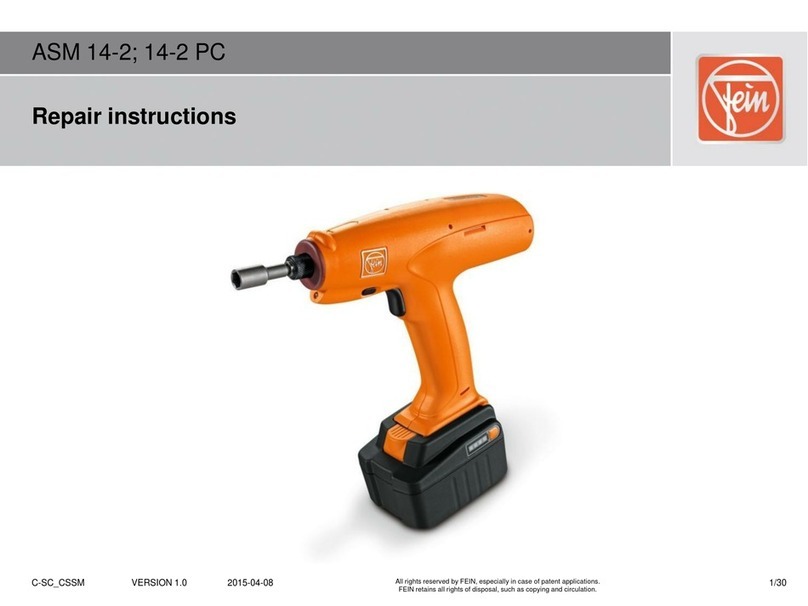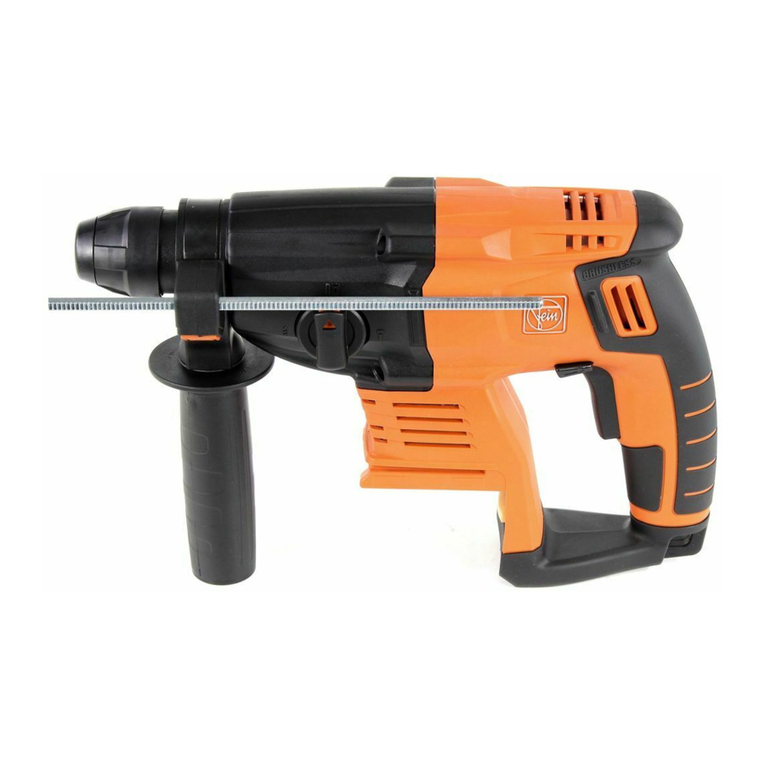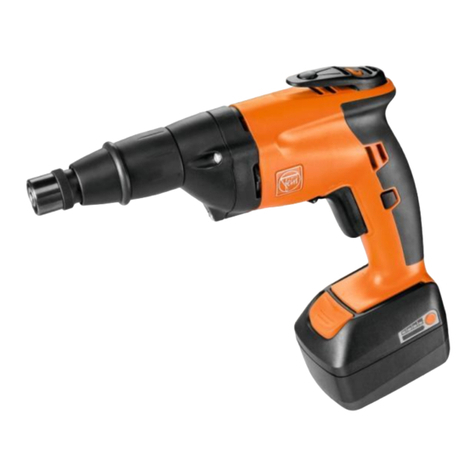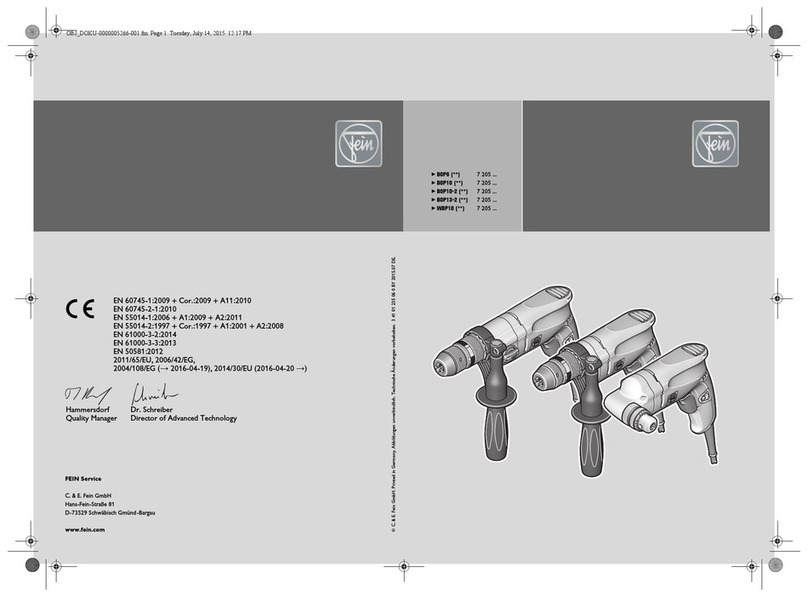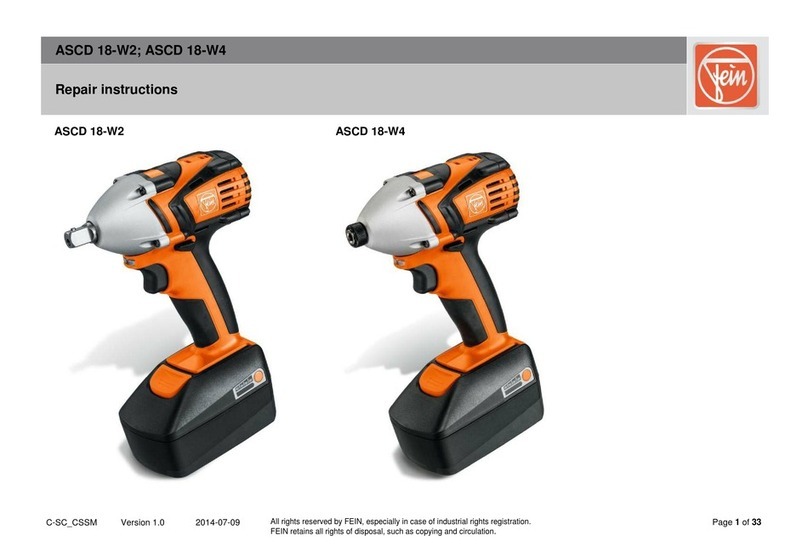Fein 7 205 47 User manual
Other Fein Rotary Hammer manuals
Popular Rotary Hammer manuals by other brands

EINHELL
EINHELL HEROCCO Original operating instructions

YATO
YATO YT-82772 Original instructions

Hilti
Hilti TE15-C operating instructions

BorMann
BorMann BPH7000 Translation of the original instructions

Makita
Makita DHR280 instruction manual

Metabo HPT
Metabo HPT DH 3628DD Safety instructions and instruction manual
